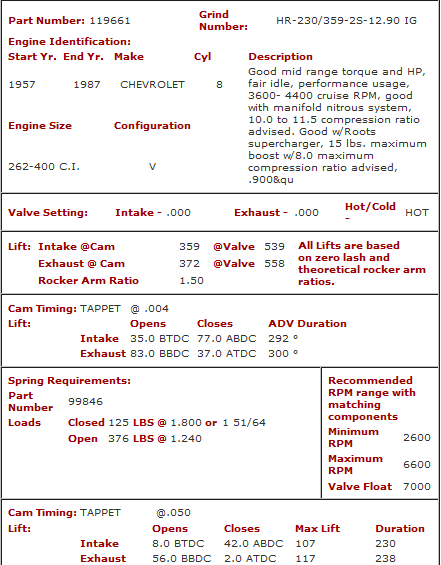yes that looks good,
but until you test it you won,t be certain as to what the result will be!
yes ID put a drop or two of silicon gasket sealant on the internal edge of the plenum divider to intake plenum, temporarily locking it in place for testing,
to make it easy to remove but not prone to vibrating
http://garage.grumpysperformance.co...ol-plenum-intake-divider-fix.5022/#post-14140
but until you test it you won,t be certain as to what the result will be!
yes ID put a drop or two of silicon gasket sealant on the internal edge of the plenum divider to intake plenum, temporarily locking it in place for testing,
to make it easy to remove but not prone to vibrating
http://garage.grumpysperformance.co...ol-plenum-intake-divider-fix.5022/#post-14140
Last edited:




